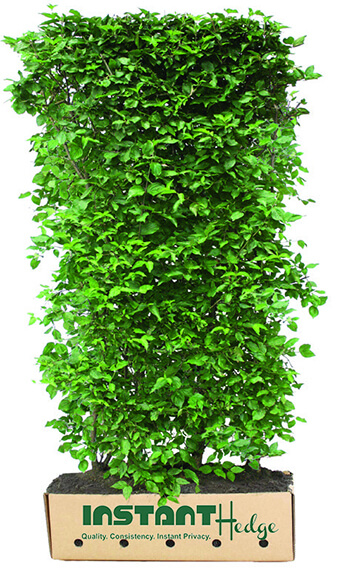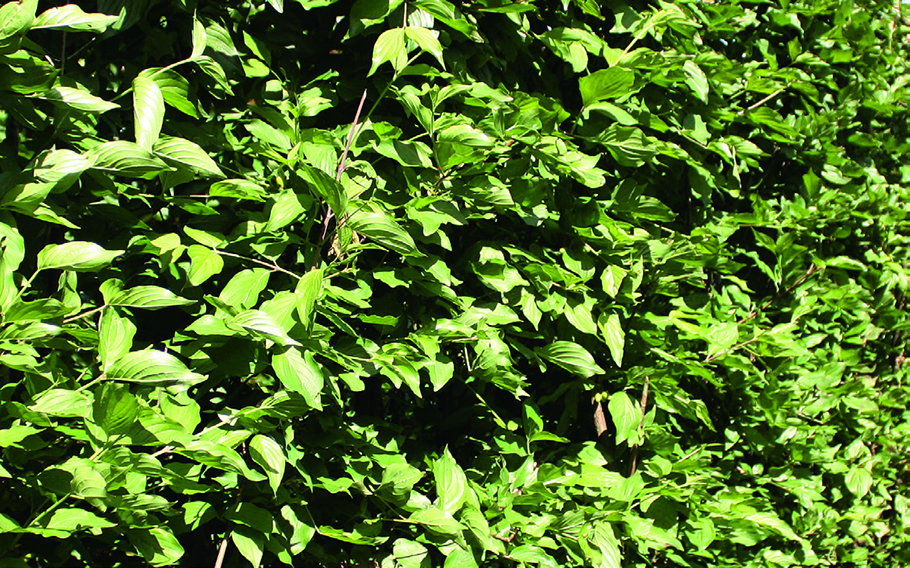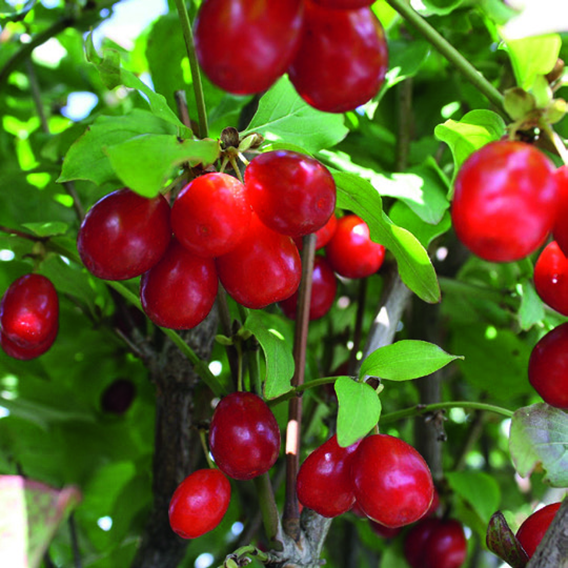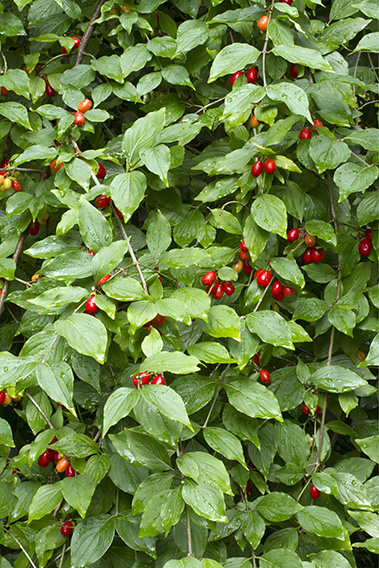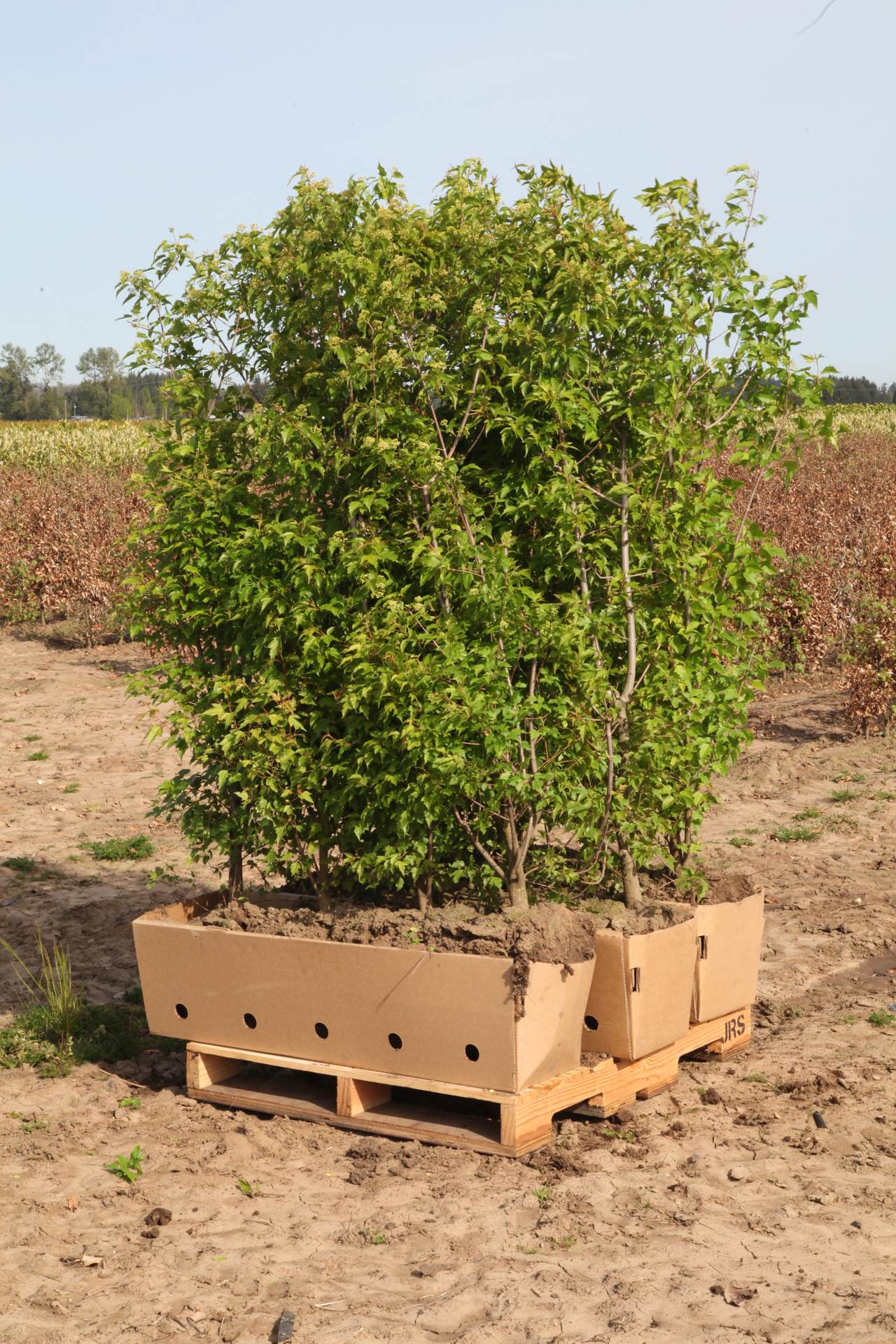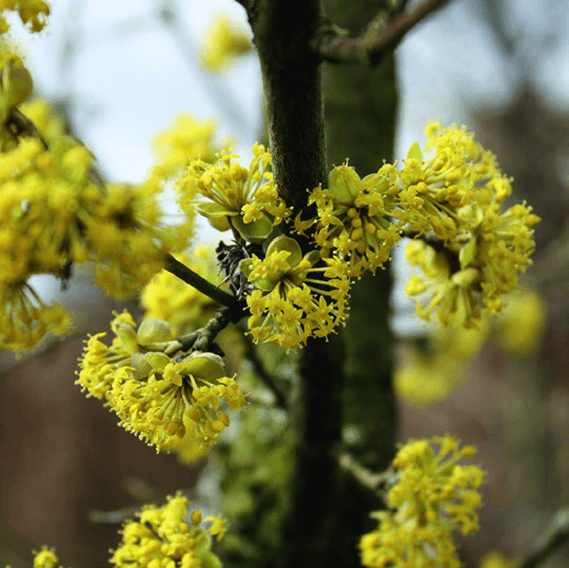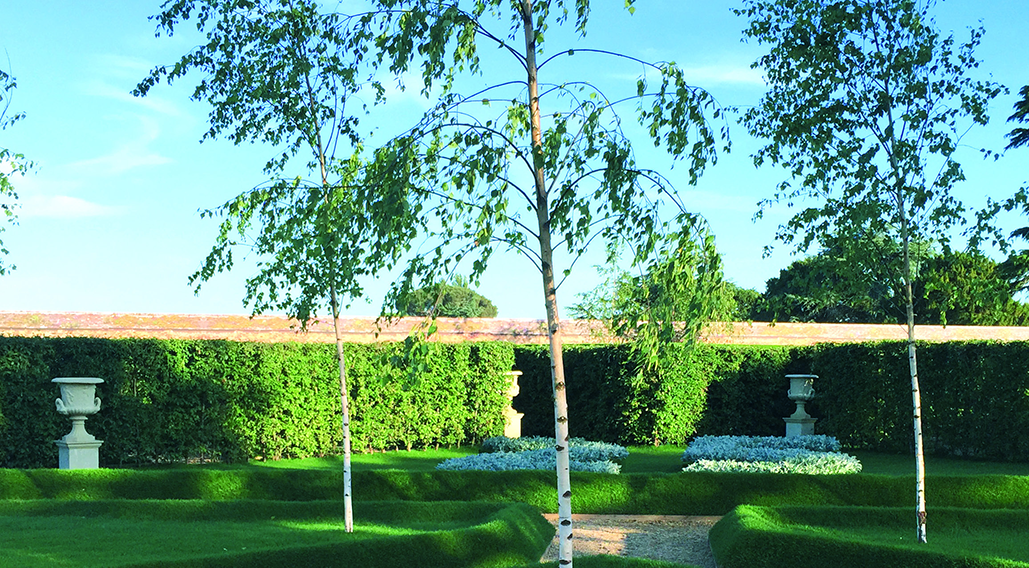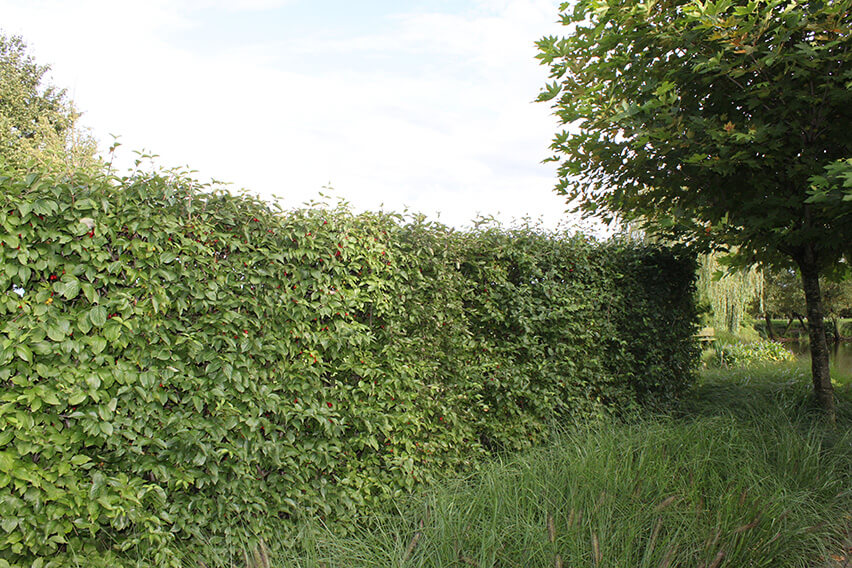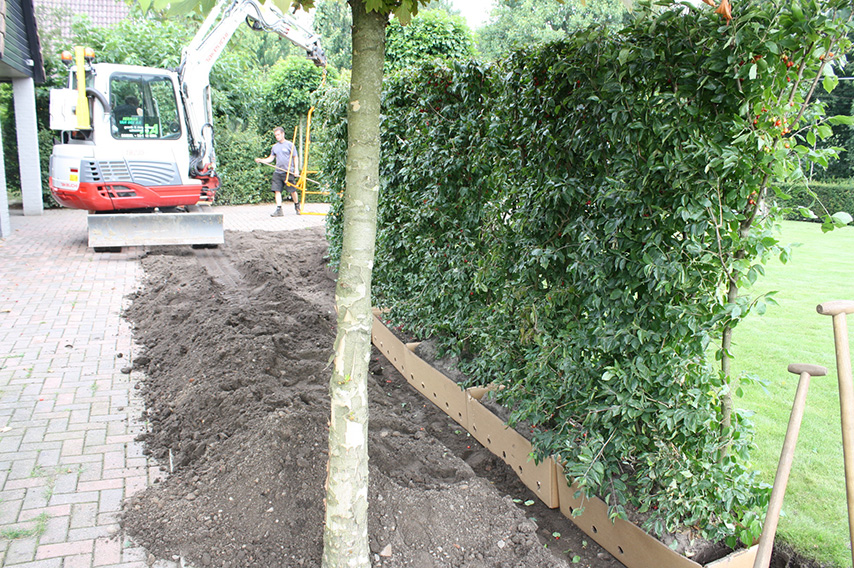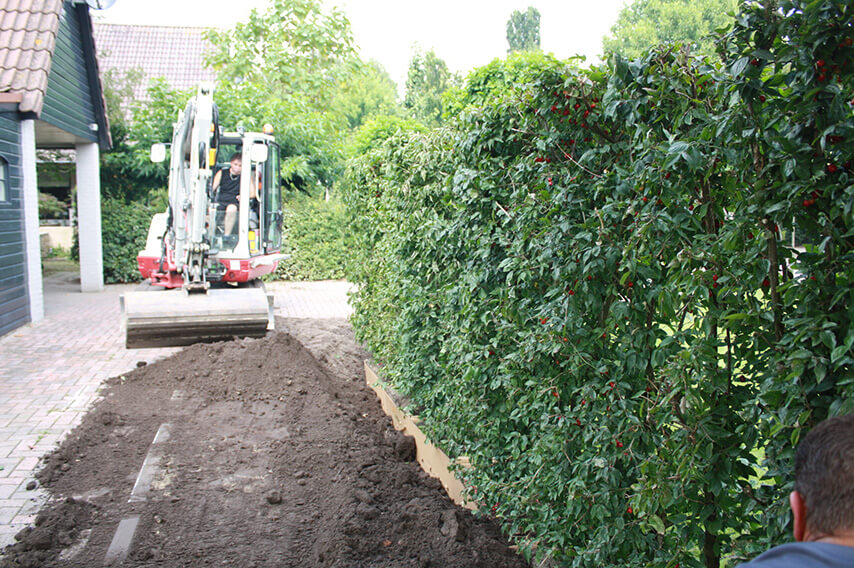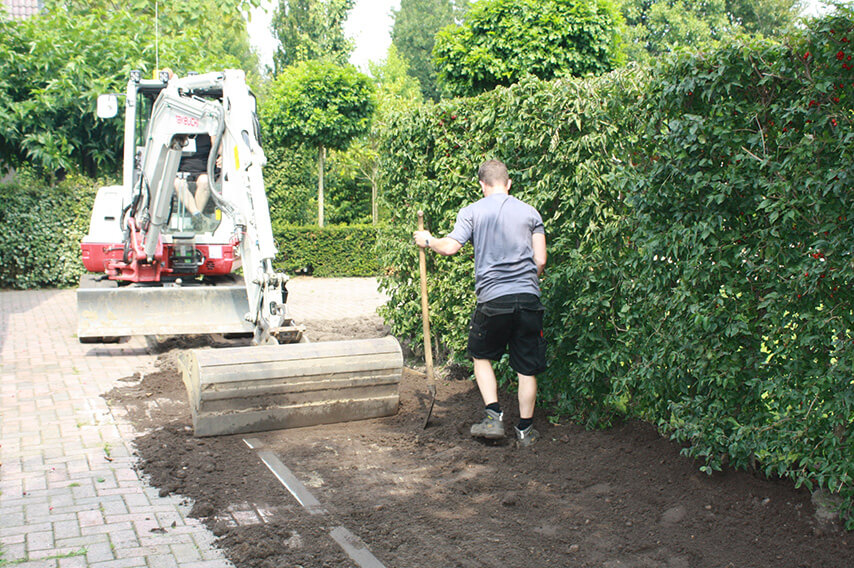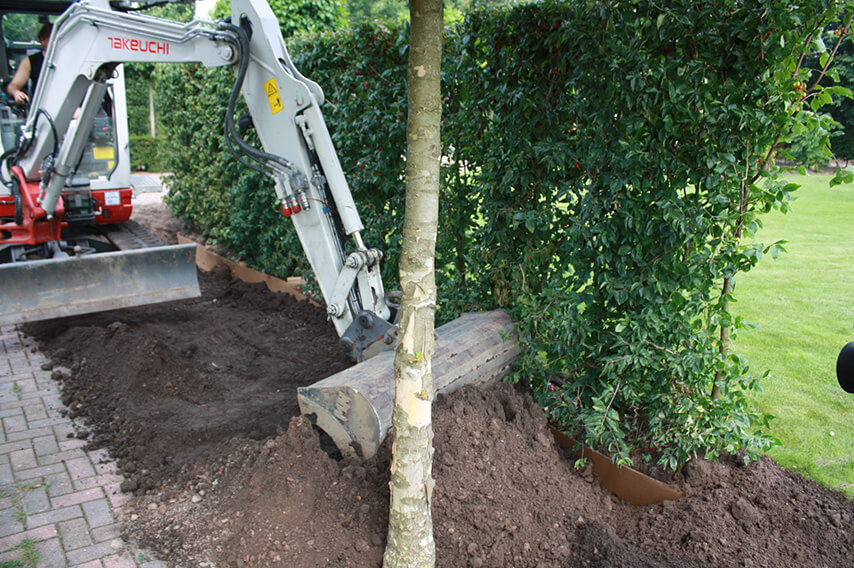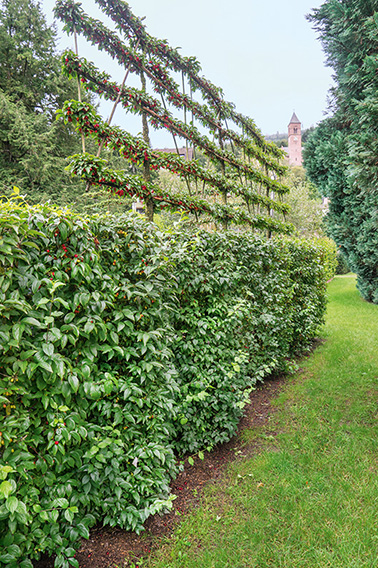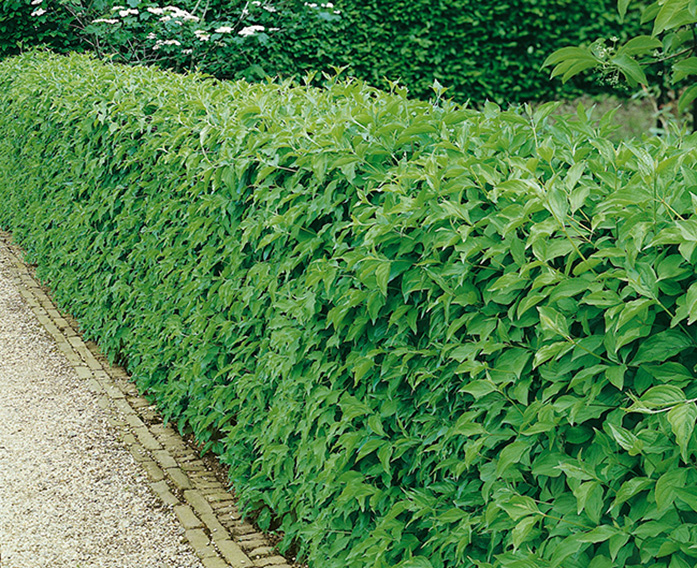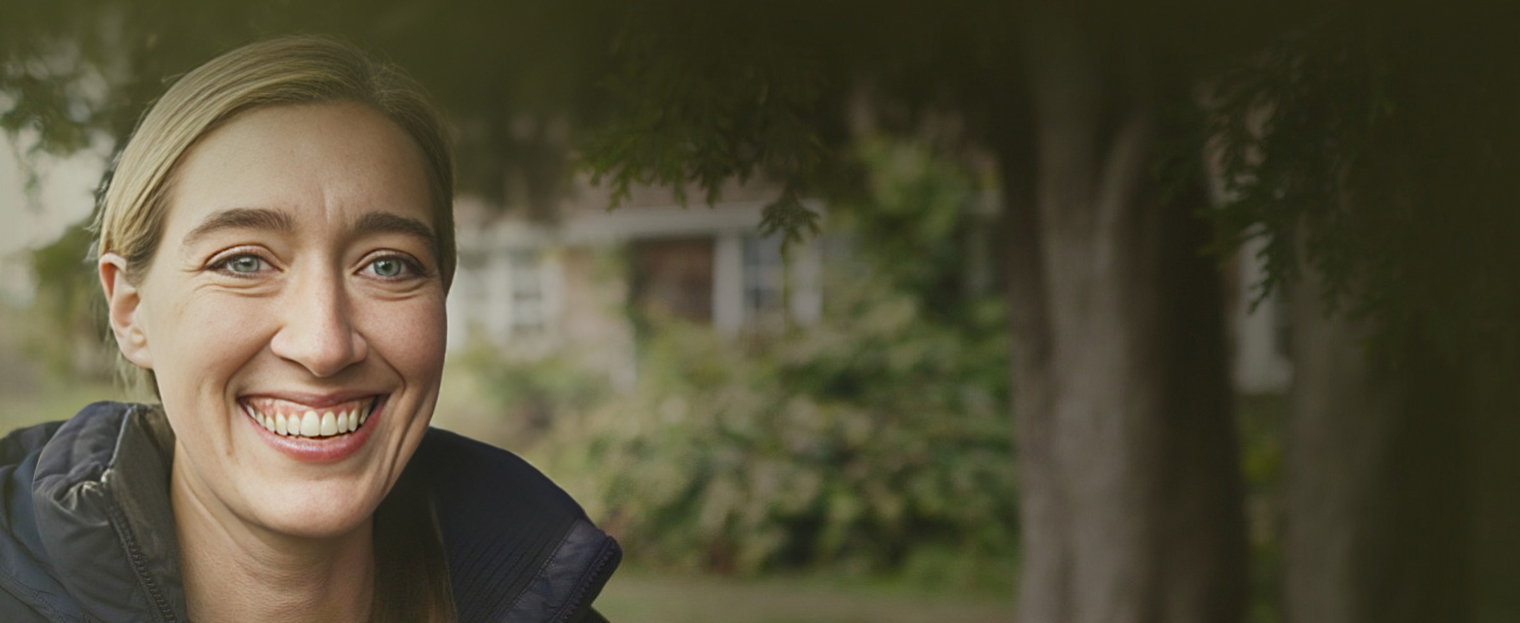Features of Cornelian Cherry Dogwood–
Cornelian Cherry Dogwood is tolerant of a wide range of soil types and PH. It grows well in full sun to partial shade. You can easily maintain a Cornus Mas Hedge anywhere from 4-12′ tall and 2-4′ wide.
Growth Habit-
Cornelian Cherry is a slow-growing deciduous hedge that can reach up to 12’ height and 12’ width without pruning. It has a very dense habit and naturally develops into a rounded oval shape.
Flowers-
Tight bunches of bright yellow flowers cover the branches in late winter. The hedge also bears bright red cherry-like fruit in summer. The cornelian cherry fruit is eaten by birds and is also delicious when prepared as jams and jellies.
Landscape Use-
Cornelian cherry works well in small groupings, hedges and landscape borders. The hedge offers multi-seasonal interest in gardens.
Care & Maintenance-
Since Cornus mas or cornelian cherry is a slow-growing hedge, it requires less pruning than some hedges. To avoid crossing, damaged, or badly formed branches, it is important to prune the hedges once in a year. The best time to prune Cornelian cherry hedges is in early spring. As the tree gets older, it is good to prune once every two or three years to maintain its form and shape.
Why Choose InstantHedge For Cornelian Cherry?
Cornelian Cherry Dogwood hedge grows slowly but creates a wonderful privacy hedge. Usually, people start with small Cornus mas whips, but these take about 5 years to turn into anything resembling a hedge. With InstantHedge Cornelian cherry, you can get a perfect hedge right away, anywhere from 3-6′ tall.
